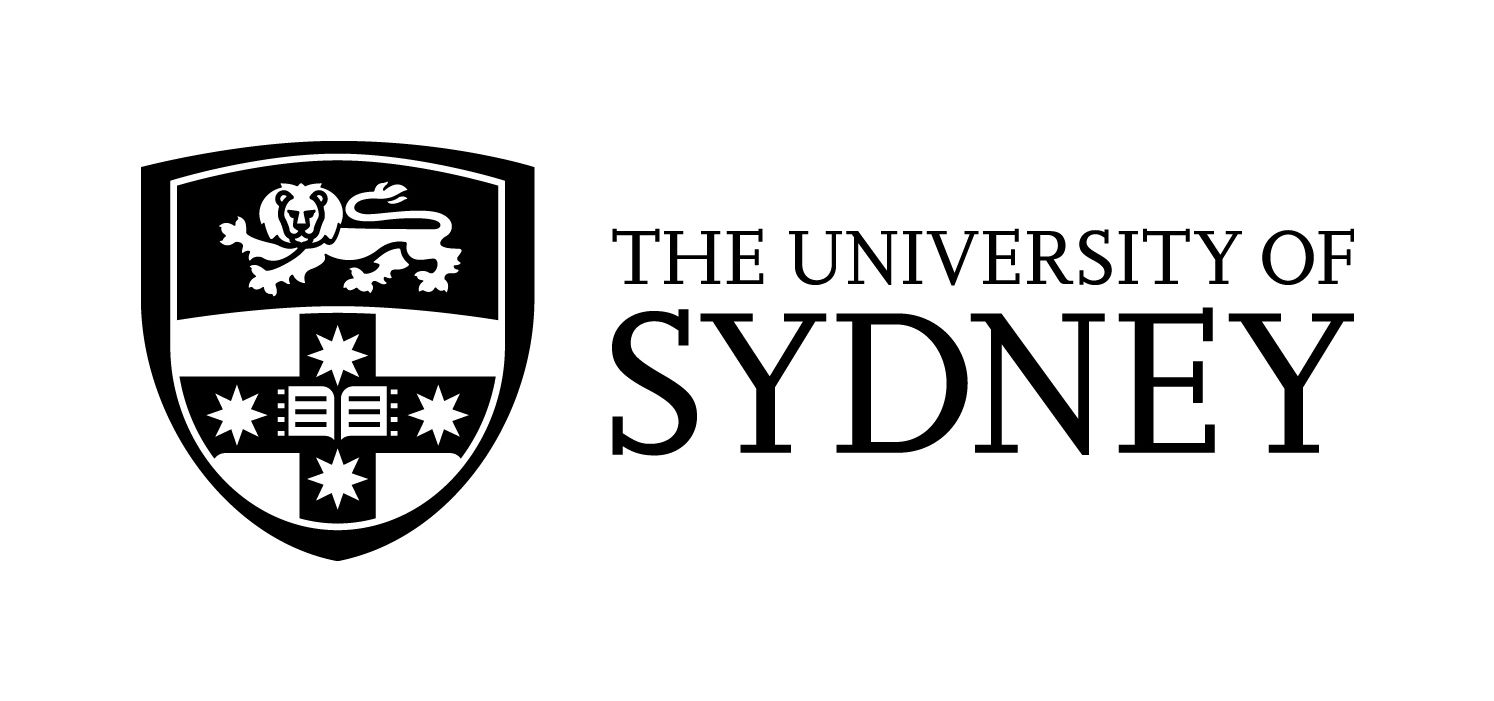Brief description
This randomised controlled trial dataset is an output of an investigation into the efficacy and safety of ascorbic acid (Vitamin C) supplementation for children with Charcot-Marie-Tooth disease type 1A (CMT1A) . The purpose of this double-blind trial was to determine the effect of high-dose vitamin C on muscle strength, nerve function, gross motor coordination and health-related quality of life in children with CMT1A.
Background: CMT1A is the most common inherited nerve disorder. CMT1A is characterised by peripheral nerve demyelination, weakness, and impaired motor function and is caused by the duplication of the gene that encodes peripheral myelin protein 22 (PMP22). High-dose ascorbic acid has been shown to have remyelinating potential and to correct the phenotype of a transgenic mouse model of CMT1A by decreasing expression of PMP22. The efficacy and safety of ascorbic acid supplementation in children with CMT1A was tested.
Methods: This 12-month, randomised, double-blind, placebo-controlled trial was undertaken between June 2007 and December 2008, and assessed high-dose oral ascorbic acid (about 30 mg/kg/day) in 81 children with CMT1A (2-16 years). Randomisation was done on a 1:1 ratio by a computer-generated algorithm. All investigators and participants were blinded to treatment allocation with the exception of the trial pharmacist. The primary efficacy outcome was median nerve motor conduction velocity (m/s) at 12 months. Secondary outcomes were foot and hand strength, motor function, walking ability, and quality of life. Compliance was measured by plasma ascorbic acid concentration, pill count, and medication diary entries. Analysis was by intention to treat.
Findings: 81 children were randomly assigned to receive high-dose ascorbic acid (n=42) or placebo (n=39). 80 children completed 12 months of treatment. The ascorbic acid group had a small, non-significant increase in median nerve motor conduction velocity compared with the placebo group (adjusted mean difference 1.7 m/s, 95% CI -0.1 to 3.4; p=0.06). There was no measurable effect of ascorbic acid on neurophysiological, strength, function, or quality of life outcomes. Two children in the ascorbic acid group and four children in the placebo group reported gastrointestinal symptoms. There were no serious adverse events.
Interpretation: 12 months of treatment with high-dose ascorbic acid was safe and well tolerated but none of the expected efficacy endpoints were reached.
Data format: Data was collected in .csv and excel spreadsheets, and analysed using SPSS. The dataset contains identifying information, but may be de-identified for future reuse, if ethical conditions are met.
This description is drawn from the summary in the Australian New Zealand Clinical Trials Registry (ANZCTR) and associated publications. For further information regarding this dataset, please refer to the summary in the ANZCTR Registry and associated publications below.
Data time period: 06 2007 to 12 2008
User Contributed Tags
Login to tag this record with meaningful keywords to make it easier to discover
- Local : ACTRN12606000481572


